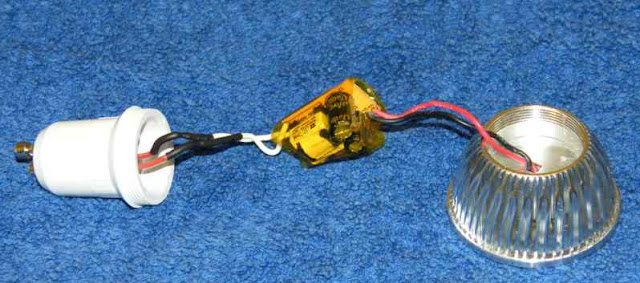.
My New Stove
Blacksmith "Anvil" Review
part 1
ADDENDUM December 2015
(5years on and the stove is still in perfect order - I am well pleased with it)
Blacksmith "Anvil" Review
part 1
ADDENDUM December 2015
(5years on and the stove is still in perfect order - I am well pleased with it)
I have been preaching the gospel of stoves, along with fireplace doors, for some time as a means of increasing the nations energy efficiency. My perspective has widened a little because I have installed both a fireplace door and a new stove. Today I am making a first assessment of the new stoves performance.
My name sake, SEAI (Sustainable Energy Authority of Ireland), in their great wisdom, have seen fit not to back simple methods of energy efficiency like stoves with any sort of grant aid. You know - that may be a good thing - coz they would probably just have attracted the cowboys to the scene and hyped the price of stoves.
Anyway what I am writing about is my own new stove. I replaced an old solid-fuel range in my kitchen about two months ago with a lovely little stove.
A Review of my New Stove
My stove is from Irish supplier Blacksmith Stoves (look it up) and is the "Anvil" non boiler model. It is rated at 6 Kw output or 21,000 BTU, and as having an efficiency of up to 80%.
It is cast in solid cast iron and thoughtfully designed by people who would seem to know stoves and combustion. I have seen several pretty looking stoves with badly designed technical features. To date I am well pleased with the design of this stove.
The single door closes and seals very well, with a well designed simple lock and insulated handle. The grates are good and heavy, and the ash box is very easy to lift out for emptying with the supplied handle.
I can vouch for the stoves heat output - it is easily capable of putting out the rated 6Kw when fired up with smokeless coal. The problem, for us, is keeping the output down and steady, as the room can become like a sauna all too quickly. With some practice it is possible to get an even 2 or 3 Kw output.
Fuel
The stove happily burns just about anything you put into it. We have burned peat, different woods and smokeless coal, all giving good results. The smokeless coal puts out much more heat than the other fuels, if you want to push the stoves output than this is the fuel to go for.
It has a very precise air control, once you learn how to adjust it properly - takes a little practice. The ashes are easily removed and cleaning is a breeze.
I have found smokeless formed type coals are by far the best fuel to use. With this type of coal, it is possible for the stove to burn over night for up to 10 hours, and to give a reasonable heat output all through the night. All this on a couple of shovels of smokeless fuel. In the morning, open up the air vent and add some fuel and away she goes. In fact, the stove has not gone out in two whole months!!!
Cost
We paid €400 euro for this great little stove and consider it very good value for the money. I would recommend it, in the right settings, as efficient, multi-fuel tolerant, good value, easy to adjust and to clean, and easy to get 8 hours continuous burn overnight. I have seen other similar stoves in use but I much prefer this one.
.




































